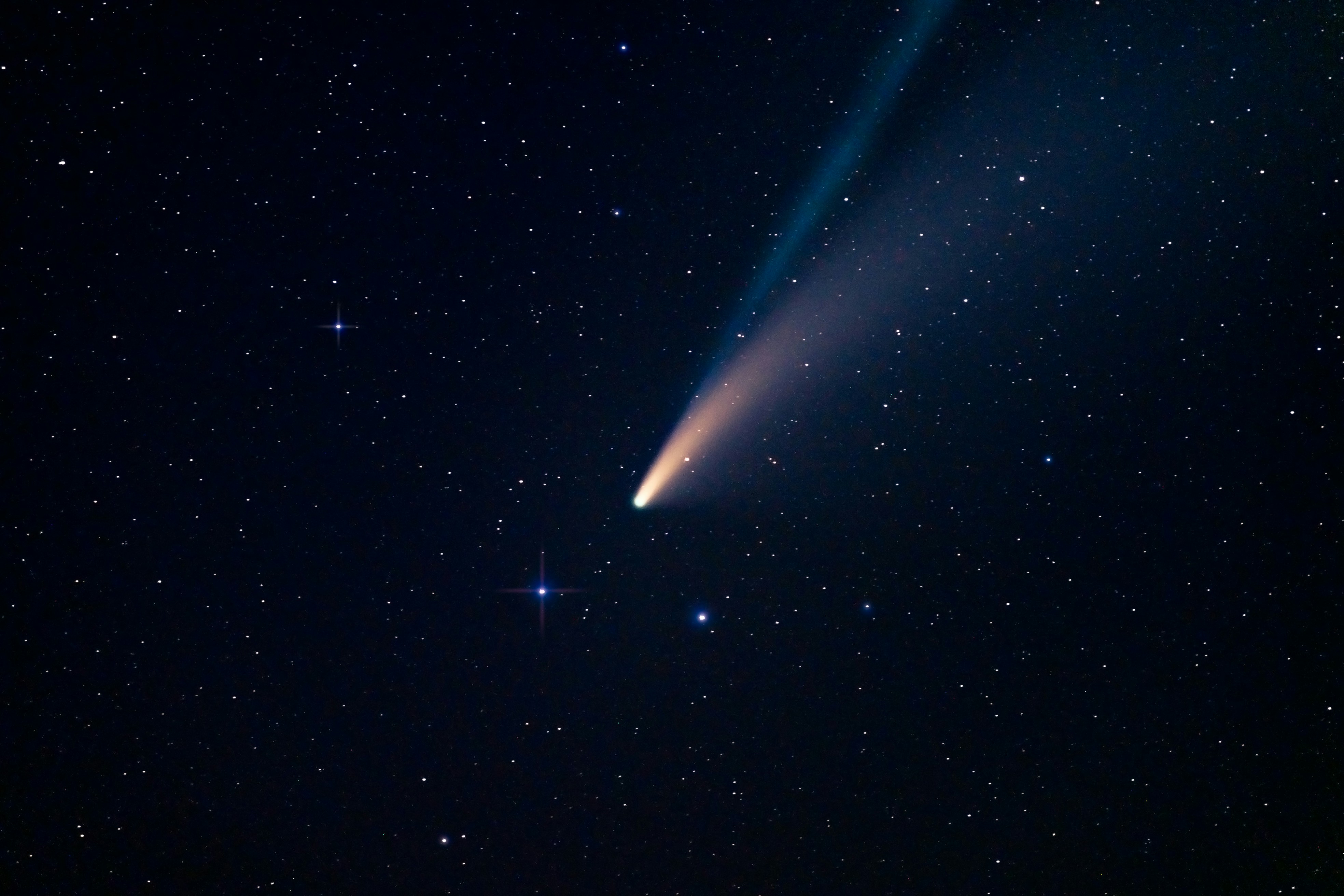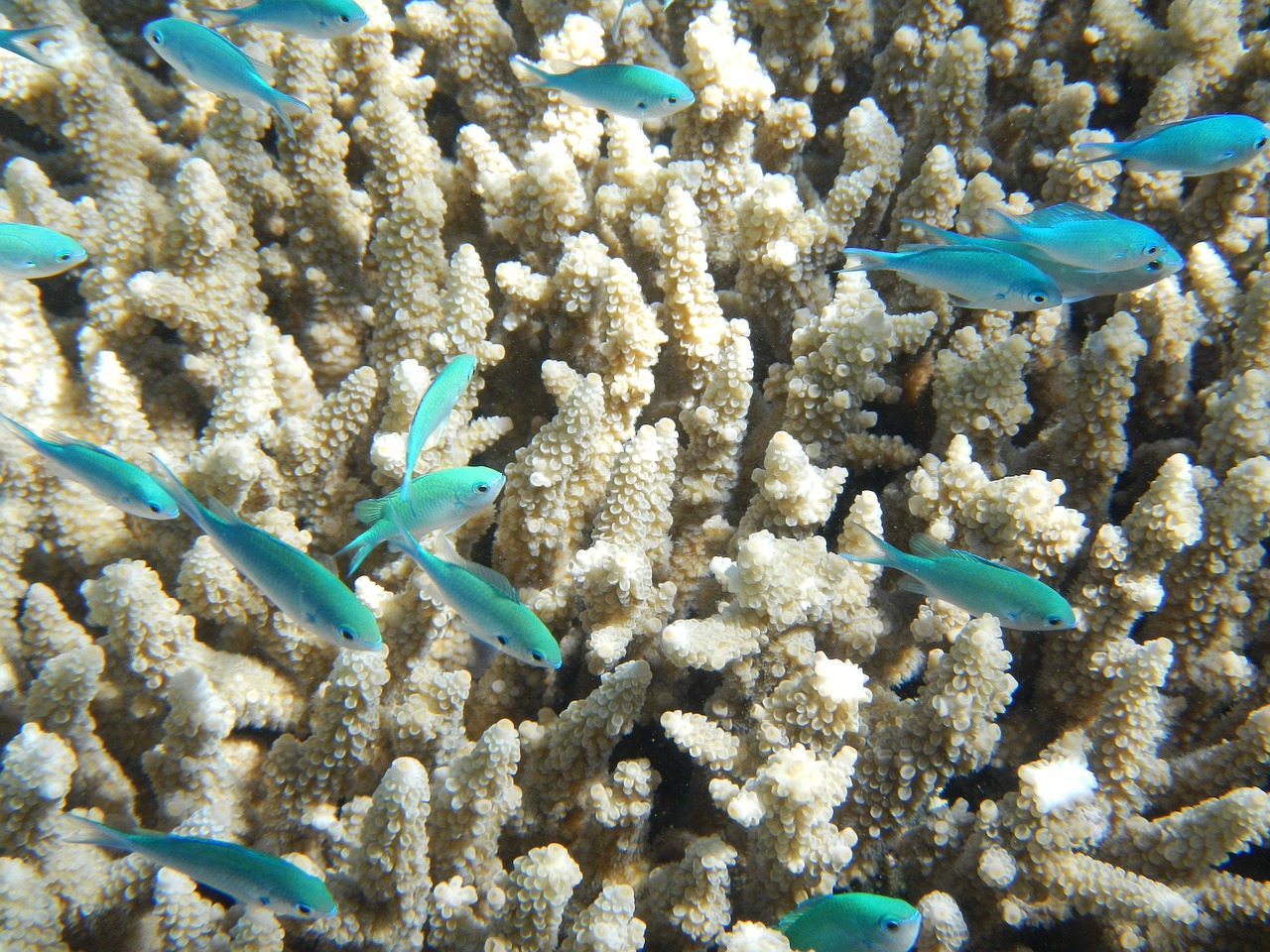-
Tiny plastic fragments found in the plaques of more than half of clogged artery patients
New England Journal of Medicine
A study of 257 patients with carotid artery disease, where fatty clumps called plaques form in the arteries, found the plastic polyethylene in the artery plaques of 150 of them (58. 4%), and another plastic, polyvinyl chloride, in the plaques of 31 Read more about Tiny plastic fragments found in the plaques of more than half of clogged artery patients
InternationalThe University of Campania Luigi Vanvitelli, Italy -
World’s largest radio telescope takes big step forward in WA’s outback
One of Earth’s biggest science facilities, destined to provide an unparalleled view of the Universe, is today a step closer to reality. The first of more than 130,000 two-metre-tall, Christmas tree-shaped antennas that will make up the SKA-Low Read more about World’s largest radio telescope takes big step forward in WA’s outback
Australia; WACSIRO|SKA Observatory -
Can too many carbs make you less attractive?
PLOS ONE
If you're looking for love, you might want to cut the carbs, according to French researchers. They asked heterosexual people to rate the attractiveness of 104 members of the opposite sex, and looked for links between attractiveness and participants' Read more about Can too many carbs make you less attractive?
InternationalUniversity of Montpellier, France -
What might contribute to you losing your hearing differs between men and women
PLOS ONE
Korean researchers say our weight, whether we smoke, and what hormones we have been exposed to may have a part to play in age-related hearing loss, but that depends on our gender assigned at birth. The researchers investigated the lives of just shy Read more about What might contribute to you losing your hearing differs between men and women
InternationalChungbuk National University Hospital, Cheongju, Republic of Korea -
High BMIs might mean a high chance of depression
PLOS ONE
Irish researchers have suggested that having a higher BMI and waist-height ratio has a significant association with having depression. The researchers took a random selection of close to 2000 people aged 46-73 years, and measured their BMI, how Read more about High BMIs might mean a high chance of depression
InternationalUniversity College Cork, Cork, Ireland -
Eating fish and eggs during pregnancy could help your child develop at a healthy weight
PLOS ONE
Fish and eggs are likely both important foods to eat during pregnancy to give a child the best chance of growing up at a healthy weight, according to Australian research. The team used data from a study that looked at the weight of children Read more about Eating fish and eggs during pregnancy could help your child develop at a healthy weight
Australia; QLDUniversity of Southern Queensland -
Men may be biologically more susceptible to COVID-19 symptoms
PLOS ONE
Men may have different, and possibly worse, responses to a COVID-19 infection, according to international research. The team used data from a wearable medical device worn by 82 people who developed COVID-19. The researchers say comparing the Read more about Men may be biologically more susceptible to COVID-19 symptoms
InternationalPrivate University in the Principality of Liechtenstein -
ADHD medication linked with small increase in heart risk
JAMA Network Open
ADHD medication methylphenidate (commonly sold as Ritalin and Concerta) could be associated with a small increase in risk of heart problems, according to international research. The team looked at heart problems including heart disease, abnormal Read more about ADHD medication linked with small increase in heart risk
InternationalÖrebro University, Sweden -
Earliest European human tools found in Ukraine
Nature
Artefacts from an archaeological site at Korolevo in Ukraine estimated to be around 1. 4 million years old are the earliest securely dated evidence for the presence of early humans - known as hominins - in Europe, according to international Read more about Earliest European human tools found in Ukraine
Australia; International; VICLa Trobe University|Czech Academy of Sciences, Czechia -
Chimps can learn to solve puzzles by watching each other
Nature Human Behaviour
Chimpanzees can learn from watching each other (known as social learning) according to international researchers who say the findings suggest that chimps may have the capacity for cultural evolution, previously thought to be uniquely human. The team Read more about Chimps can learn to solve puzzles by watching each other
InternationalUtrecht University, The Netherlands










































